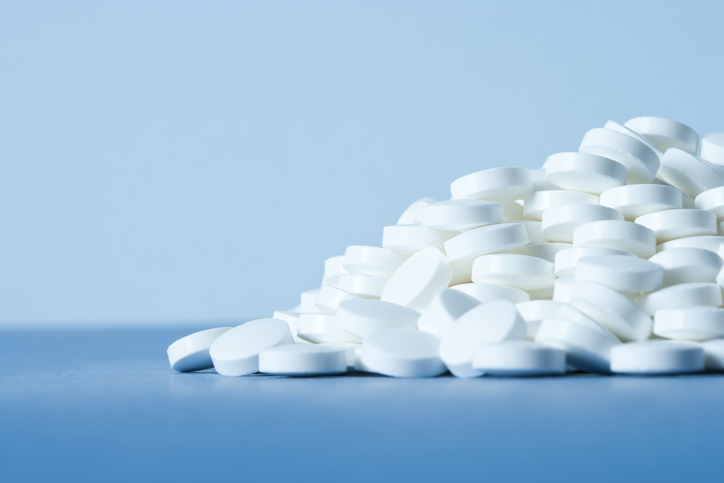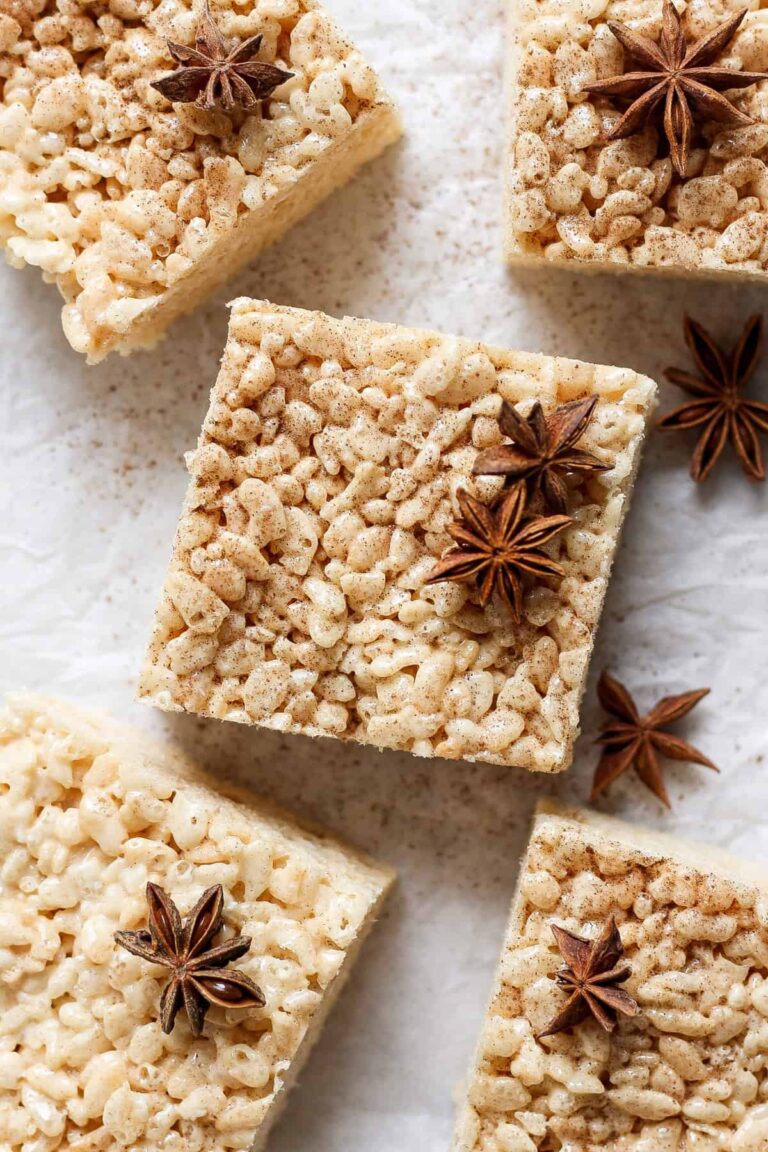Pavanmuktasana
A. Method – Lie on your back with your legs crossed. Break the right leg near the knee and hold it to the chest with both hands. Make sure that there is a lot of pressure on the stomach. 20-25 sec. Match the feet from. Now hold the left leg on the chest. Leave the left leg and pull the two legs together. Stay the same time every time. Right leg, left leg, two legs together once. Do the same 4-5 times. Always start with the right foot.
B. Noticeable – If there is not much pressure on the abdomen after holding the legs, then take it with a thin pillow or sheet between the abdomen and thighs.
C. Benefits –
1) The Asana is especially useful for expelling abdominal air.
2) Those who are angry with the accumulation of air in the stomach, will benefit if you practice regularly in the morning.
3) Helps to cure diarrhea, colitis, constipation etc.
4) The diaphragm between the abdomen and the chest works well.
5) Appetite increases and food is easily digested.
6) Liver, spleen and stomach defects – defects are removed.
7) Helps reduce belly and lower abdominal fat, improves abdominal muscle structure.
8) Buttocks, legs and knees are good exercises.
Prohibition – High blood pressure patients should not do this seat.
Seated Pavanmuktasana
A. Method – Sit cross-legged. Fold the right leg and hold it to the chest with both hands. Left leg will remain open. Sit in front with your spine straight. After staying 10 sec spread the right leg and fold the left leg. for 10 sec. After spreading the left leg, pull the two legs together and hold them to the chest. for 10 sec. Stay. Right leg, left leg, two legs together once, do this 4-5 times.
B. Noticeable – There will be no numbness while sitting with feet pressed to the chest; Sit down quite simply. Keep an eye on the pressure in the abdomen.
C. Benefits –
1) Helps to expel flatulence.
2) Increases digestive capacity.
3) Liver fault and defect is removed.
4) Helps to cure bloated anger.
5) Helps reduce excess belly fat.
6) Relieves arthritis of the legs and knees.
Note – People with high blood pressure should do Seated Pabanmuktasana instead of Pabanmuktasana.






